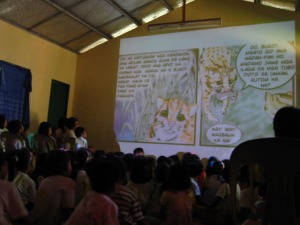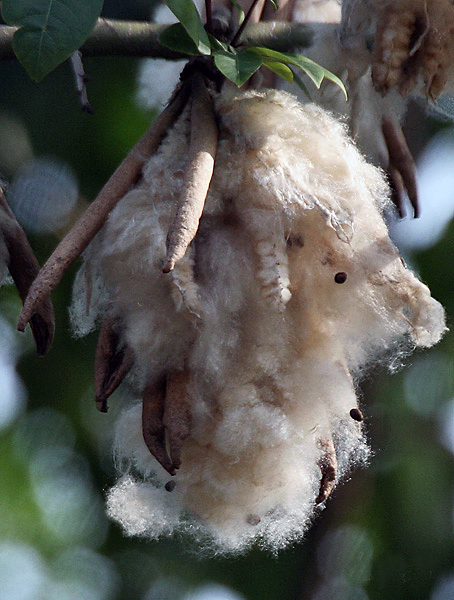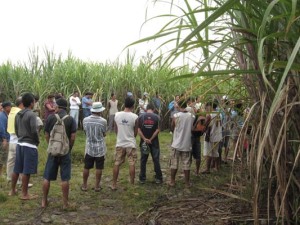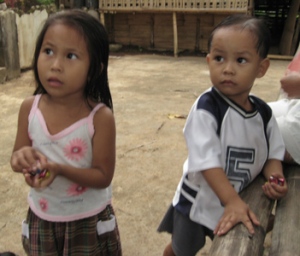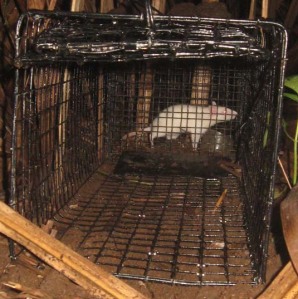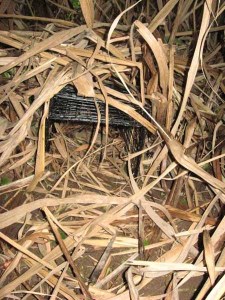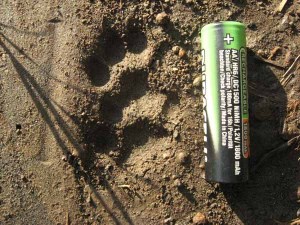 Basketball to Filipinos is like football (soccer) to Brazilians. We just love the game. So much so that if one goes around the Philippines, you’ll find basketball courts in villages everywhere, even in the middle of the streets (the two rings are on either side of the street). Not to mention a lot of the work offices, both private and government. And, everyone watches.
Basketball to Filipinos is like football (soccer) to Brazilians. We just love the game. So much so that if one goes around the Philippines, you’ll find basketball courts in villages everywhere, even in the middle of the streets (the two rings are on either side of the street). Not to mention a lot of the work offices, both private and government. And, everyone watches.As such, I thought it would be a good idea to have one of the basketball teams of the hacienda carry the name ‘Maral’ (the local name for the leopard cat). After all, everyone comes to the game, even people from other haciendas. This annual basketball league games start from the second week of November and lasts until before Christmas; quite a bit of exposure for the leopard cat, and an unconventional one at that.
So I went to my first game earlier today. The team’s jerseys were just hot off the tailoring shop, and I was eager to see how they’d fare. More importantly, I was anxious to see how the audience will receive them. This is already their second game, and they had changed their name from ‘Wildcats’ to ‘Maral’.
The game has already started by the time we got there. My team is on its element. And the people were cheering: "Maral! Maral!" I was fervently hoping that subconsciously, their cheers for the cat that frequents their cane fields will penetrate them, and that consciously, they will be our allies in conservation.

